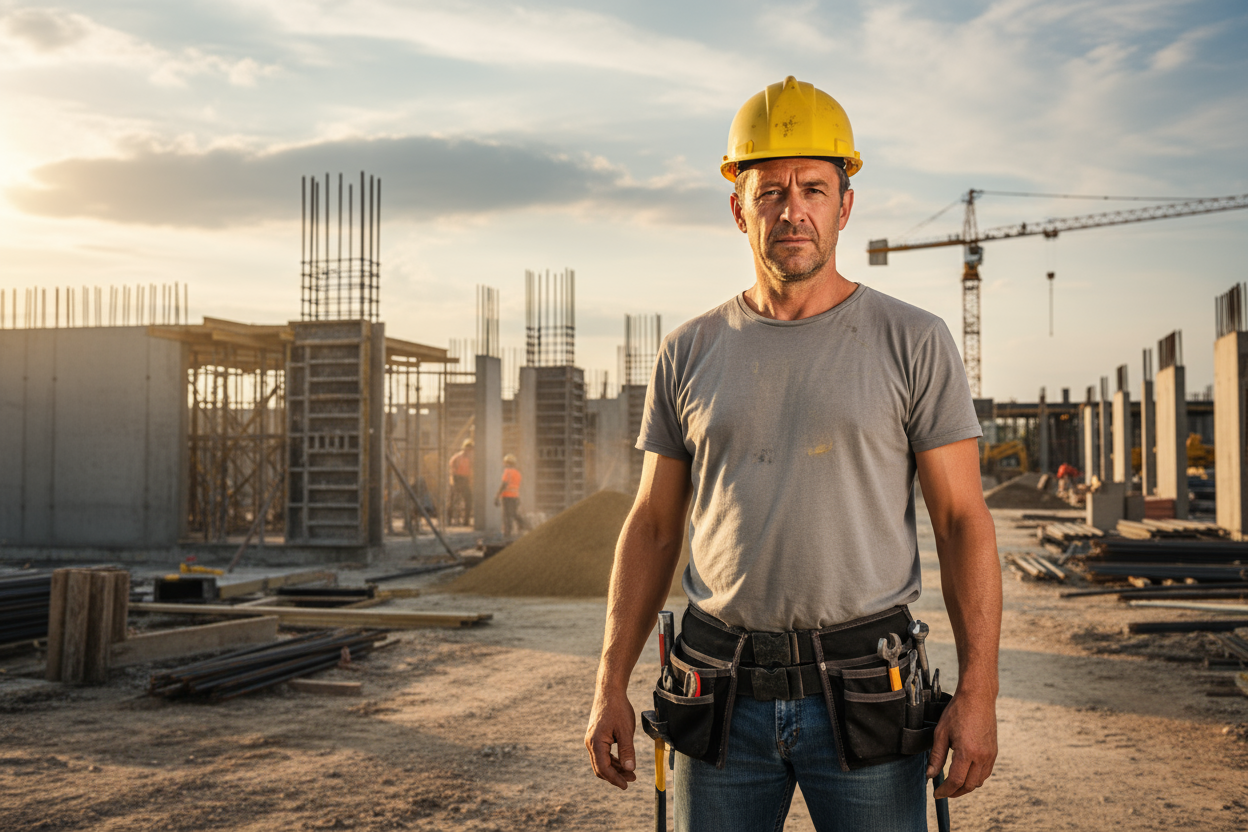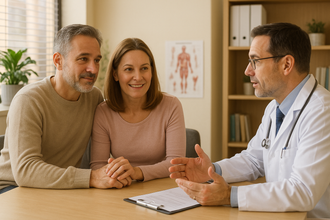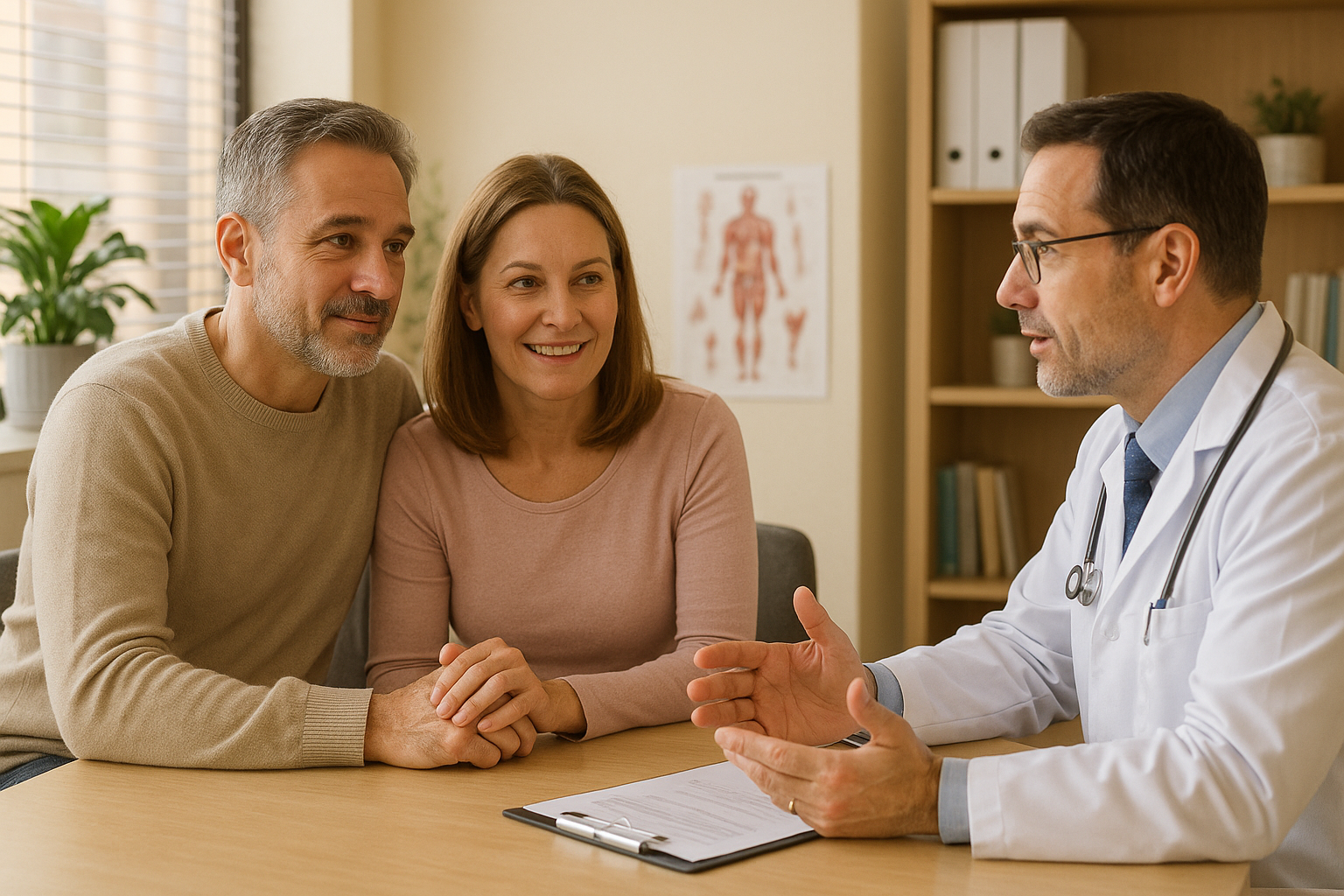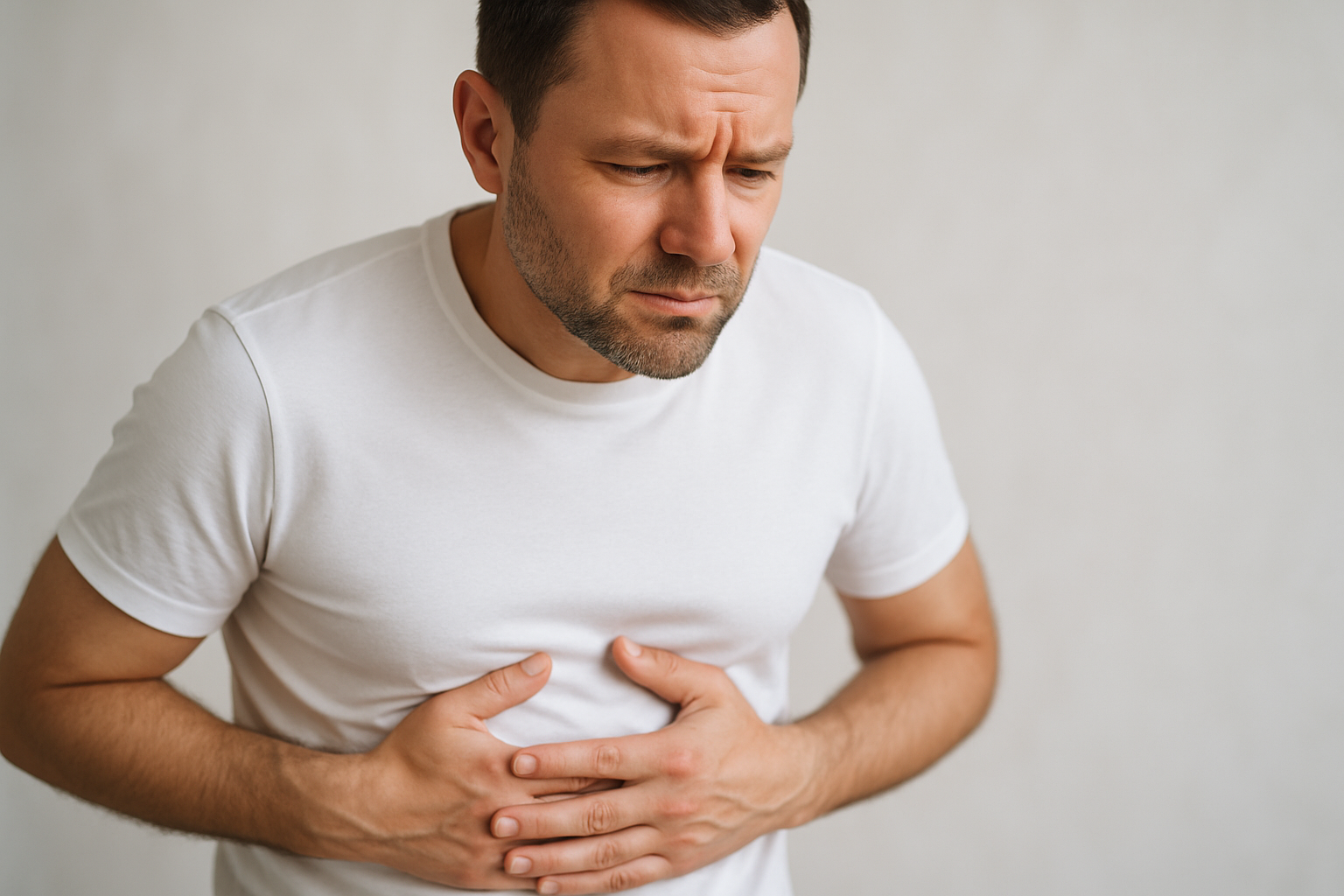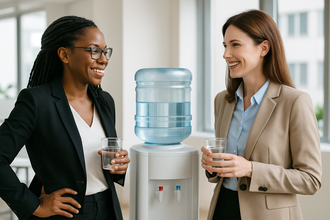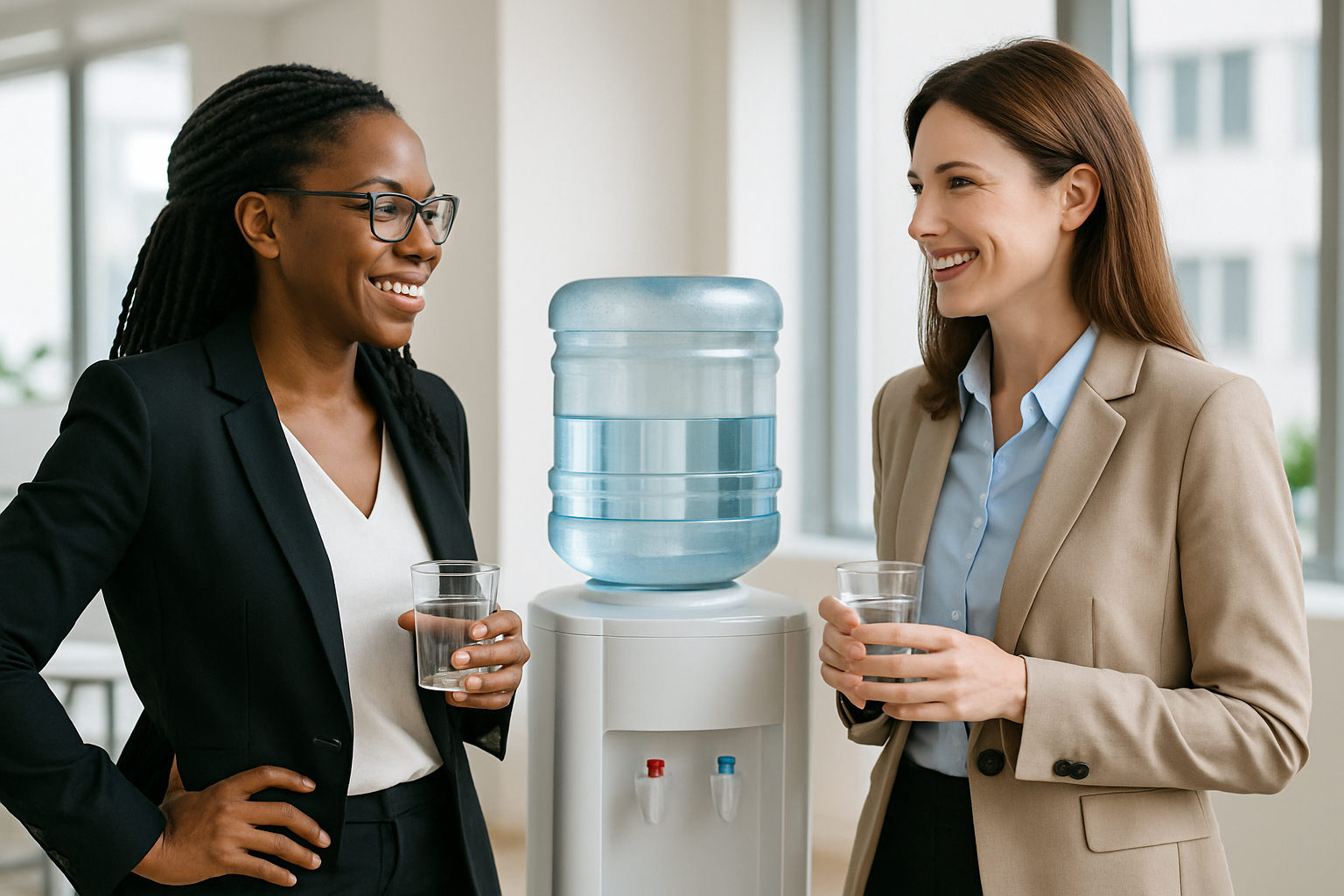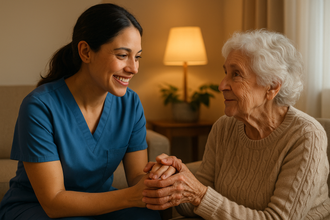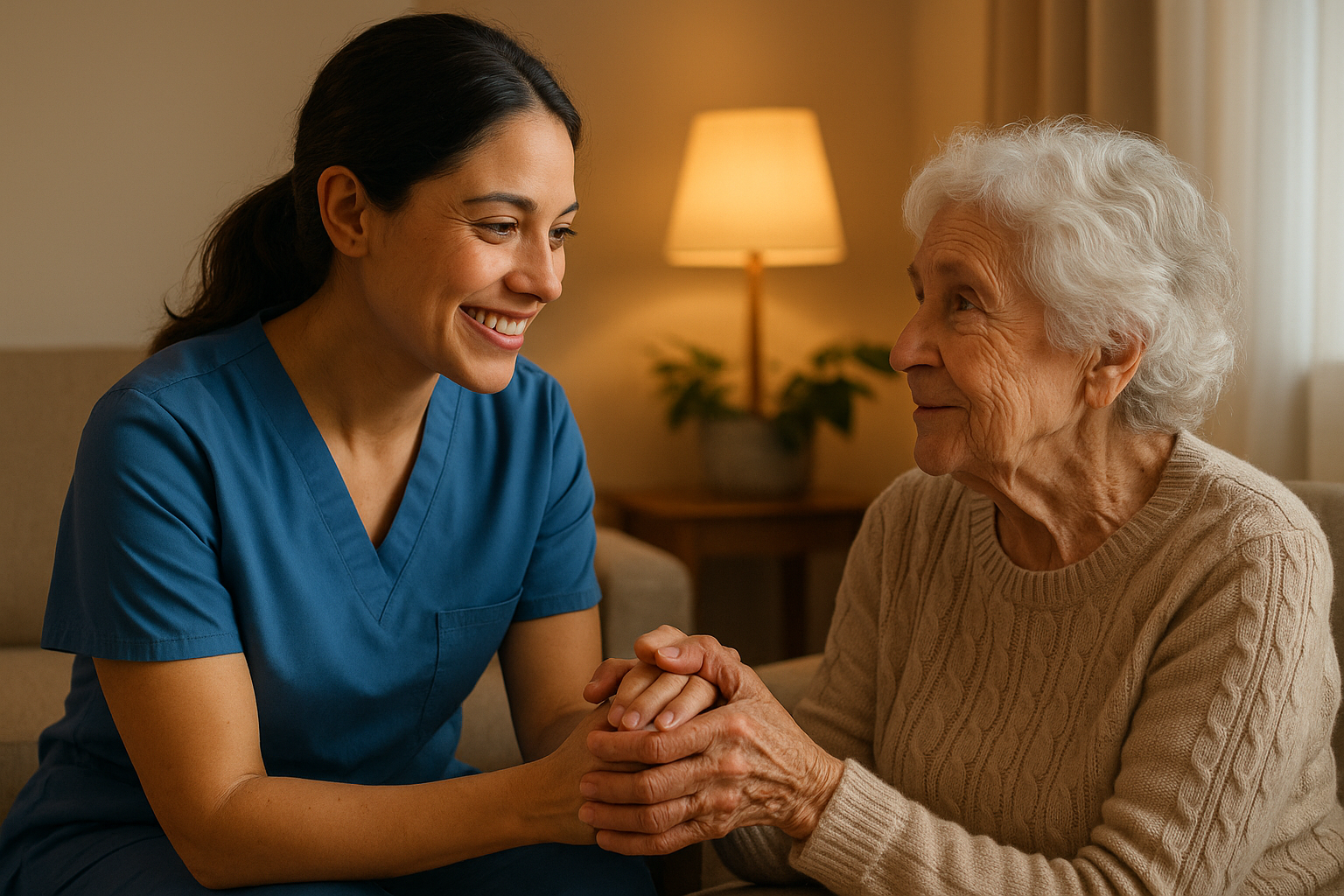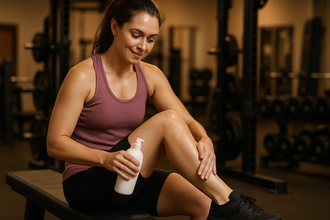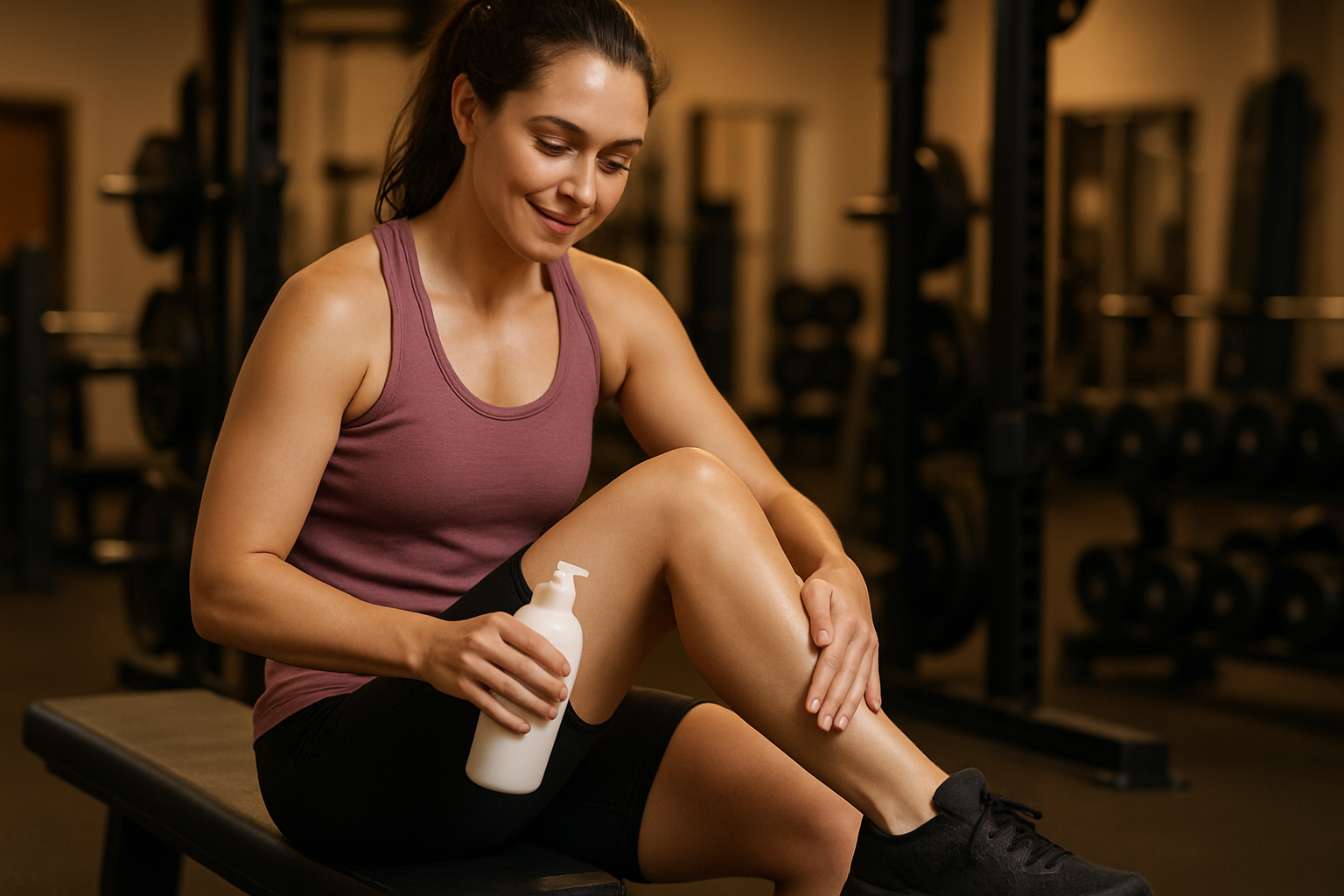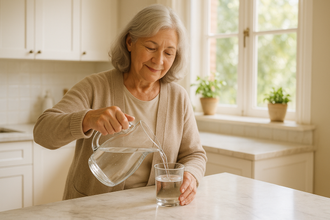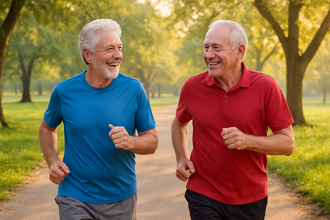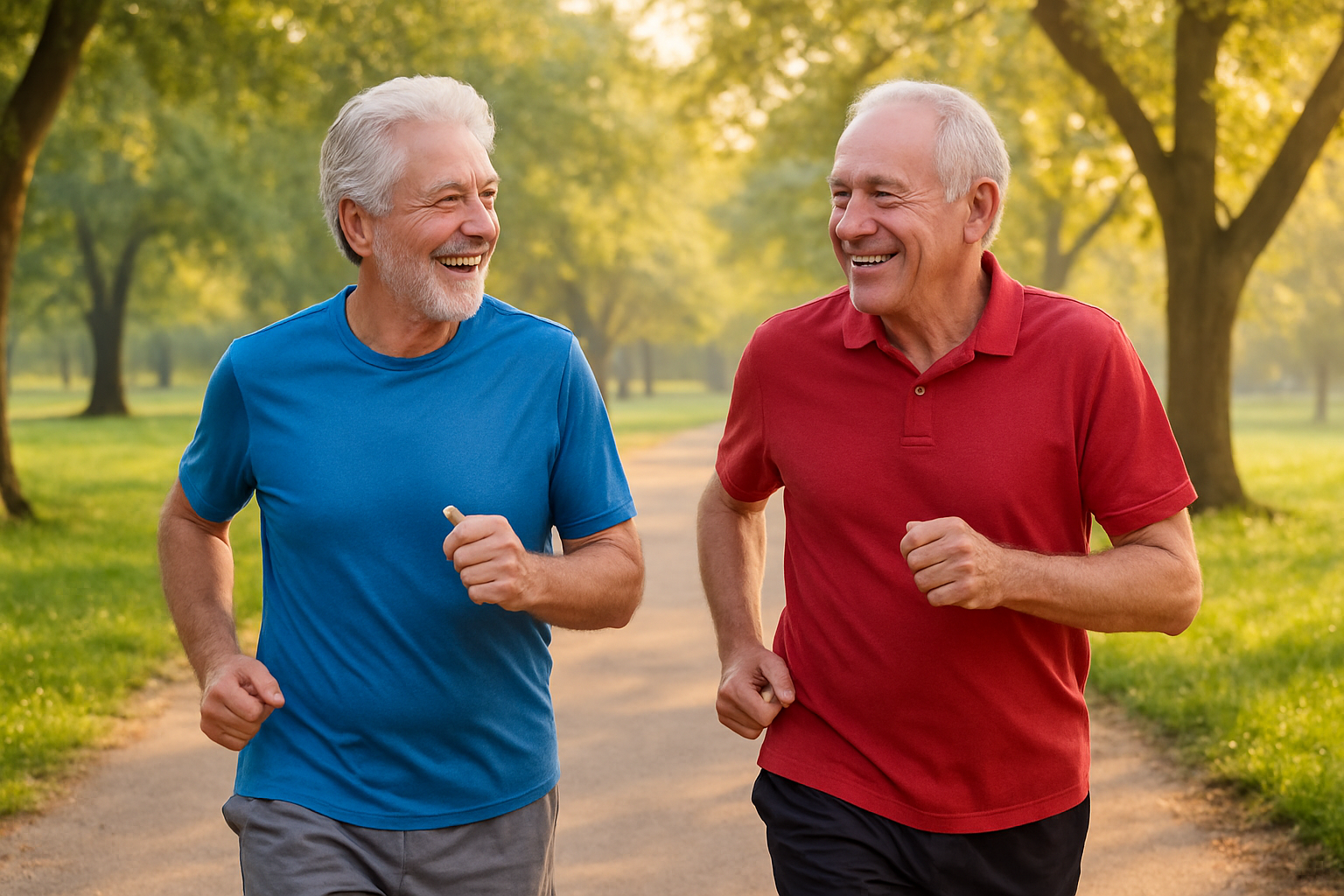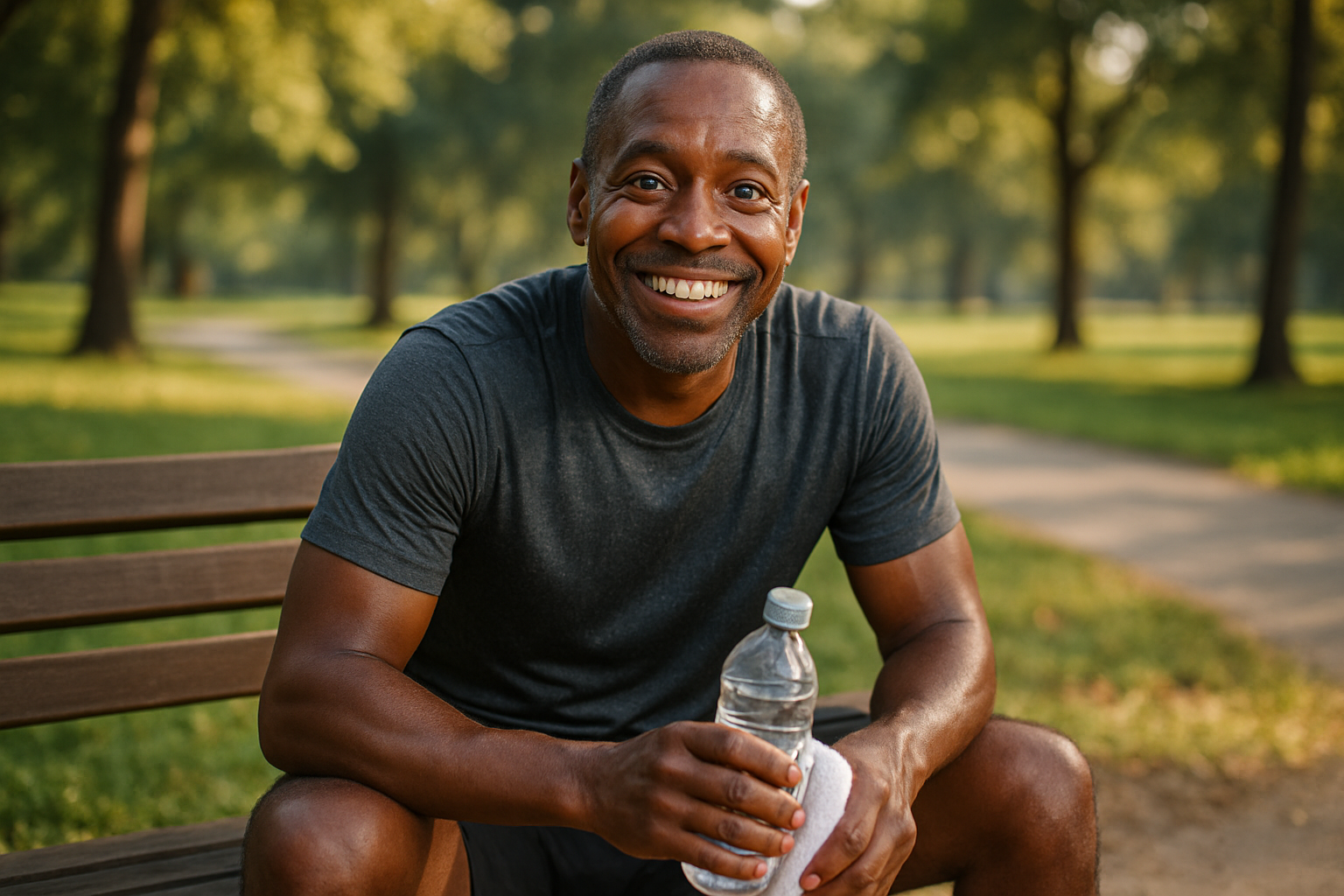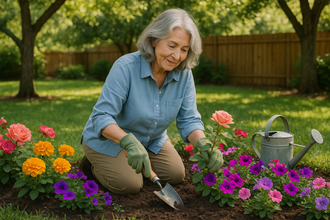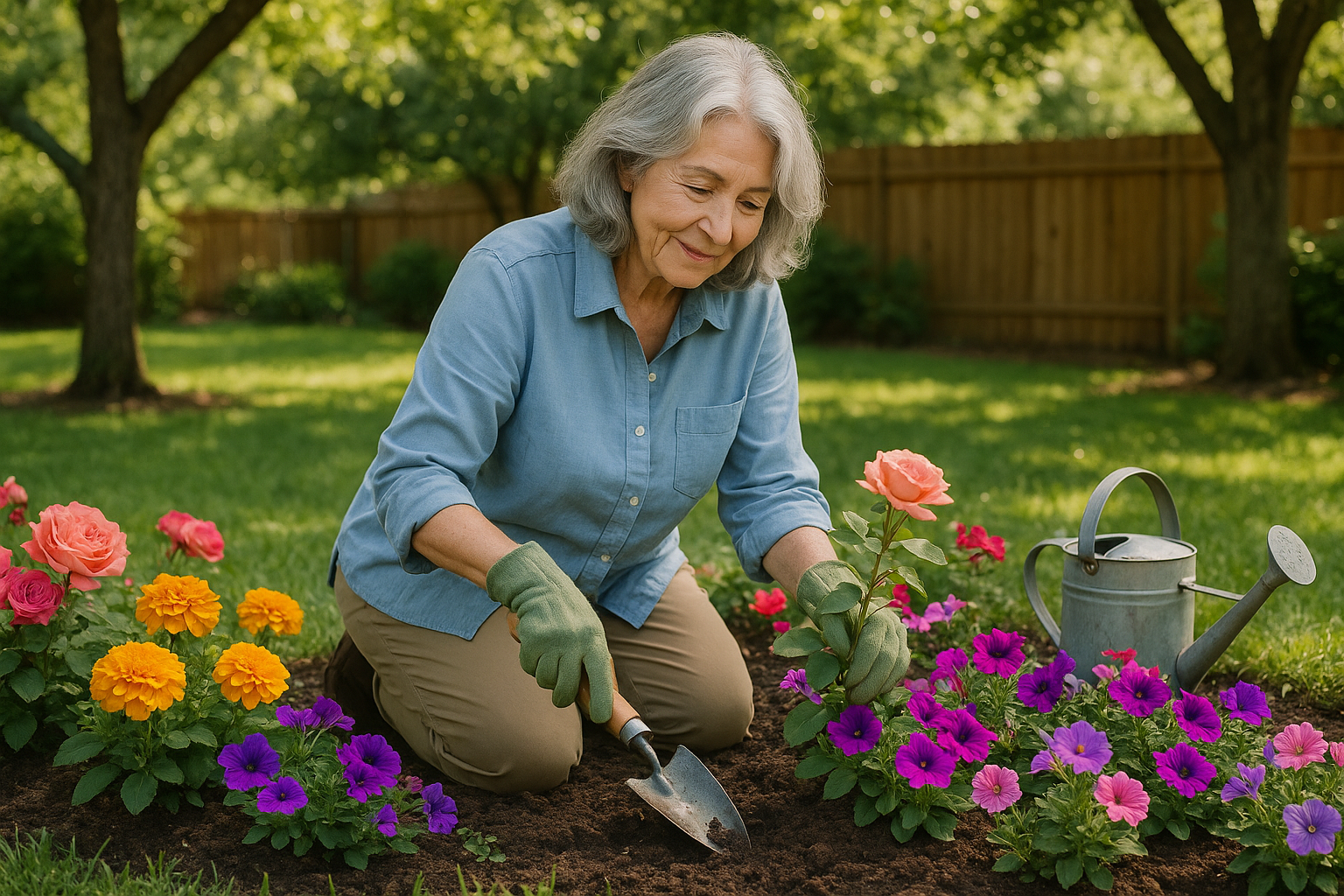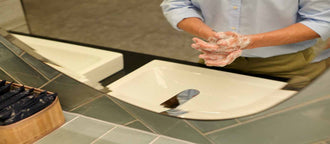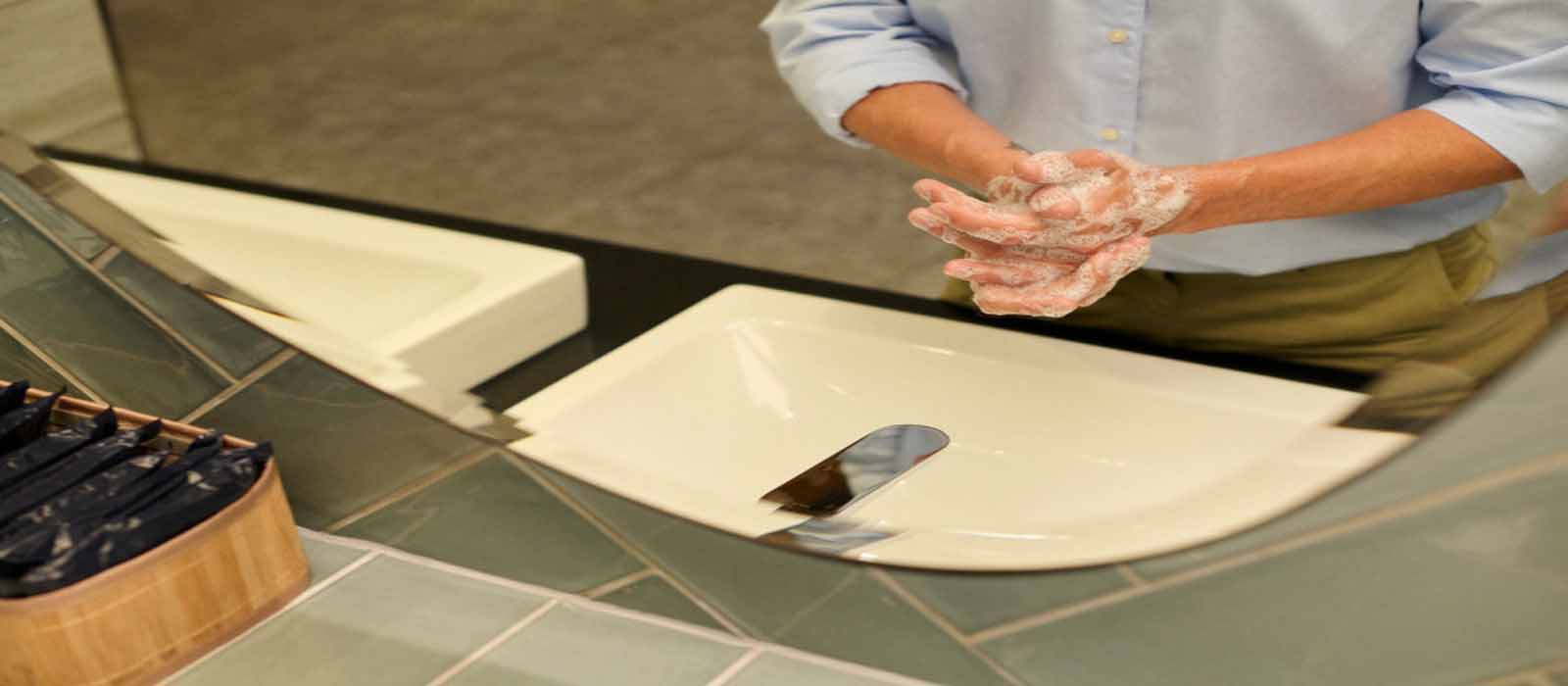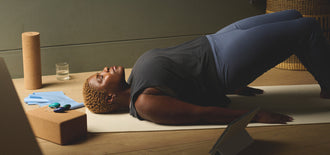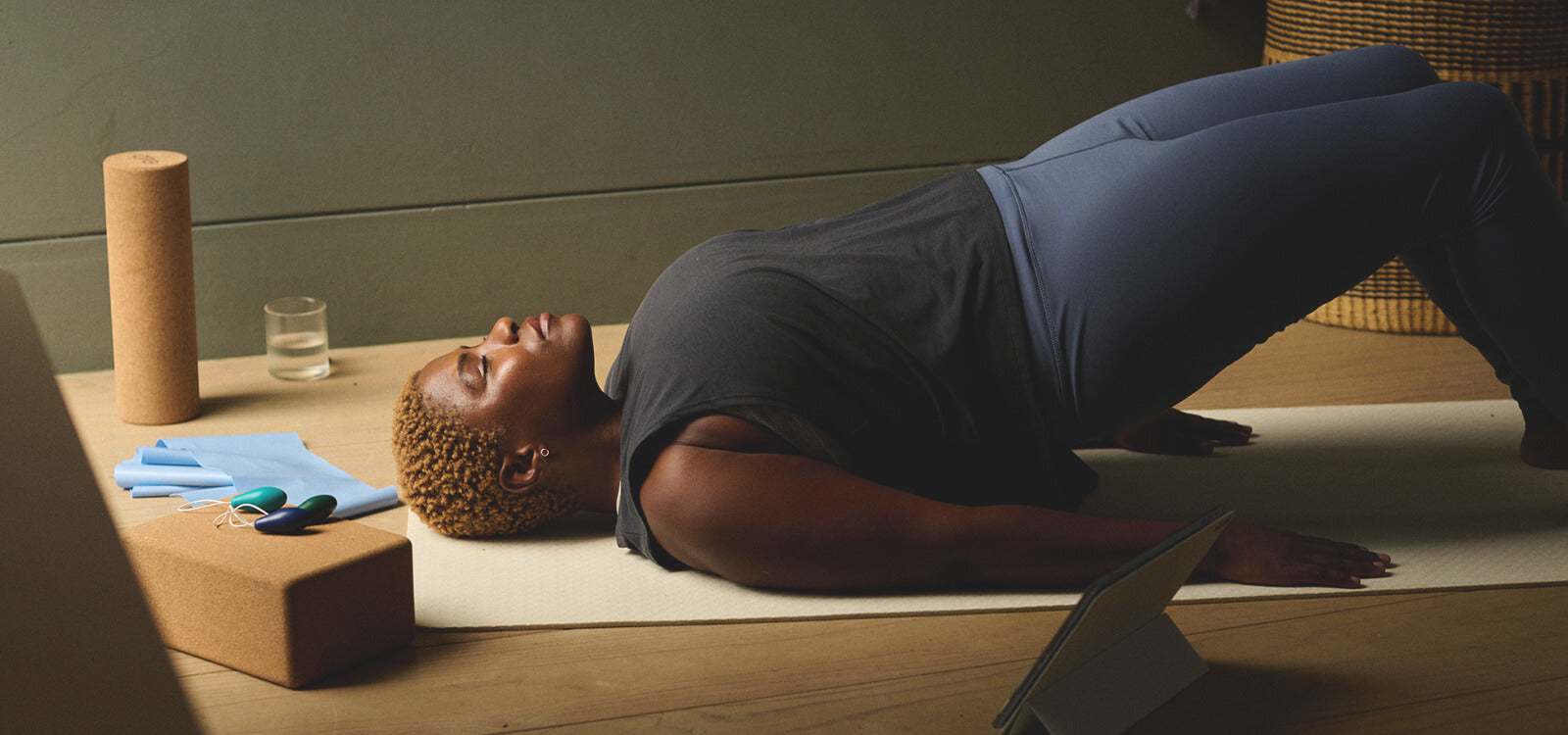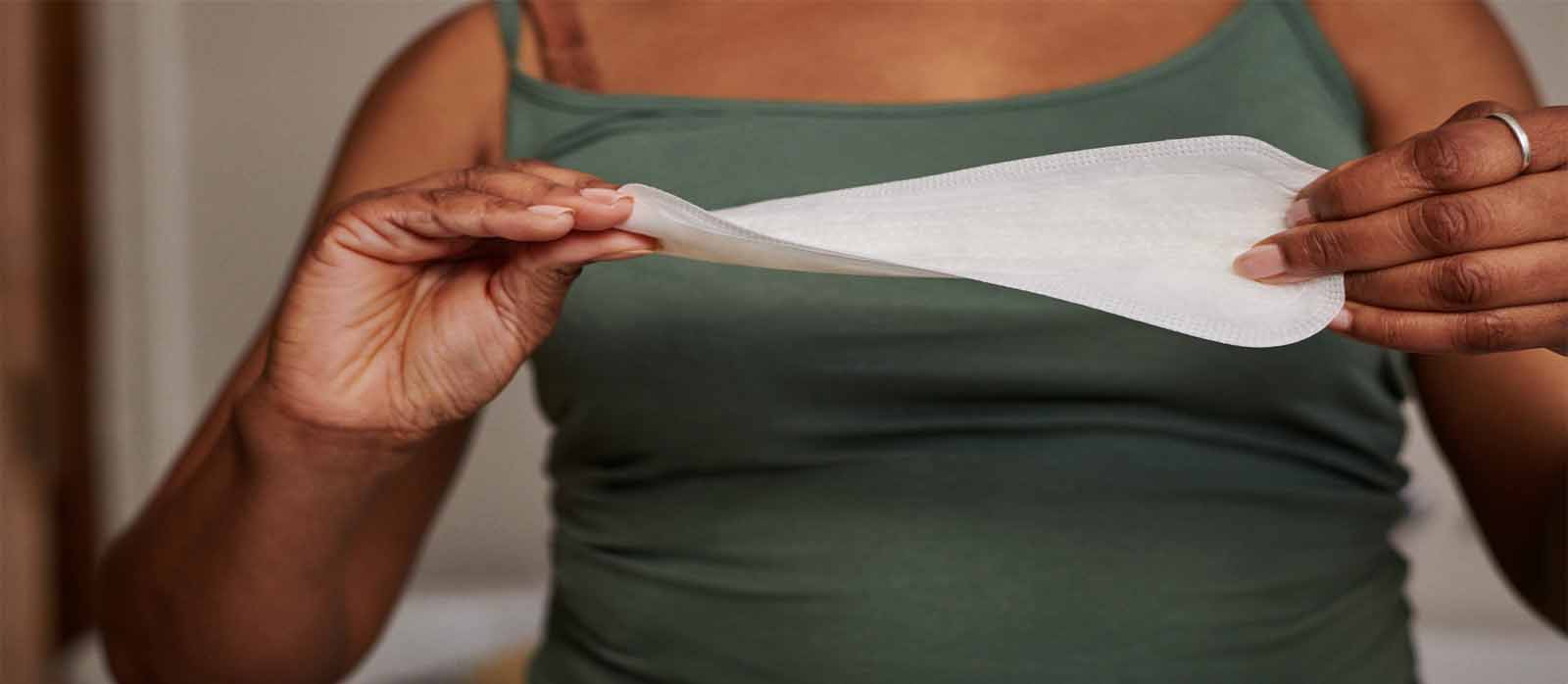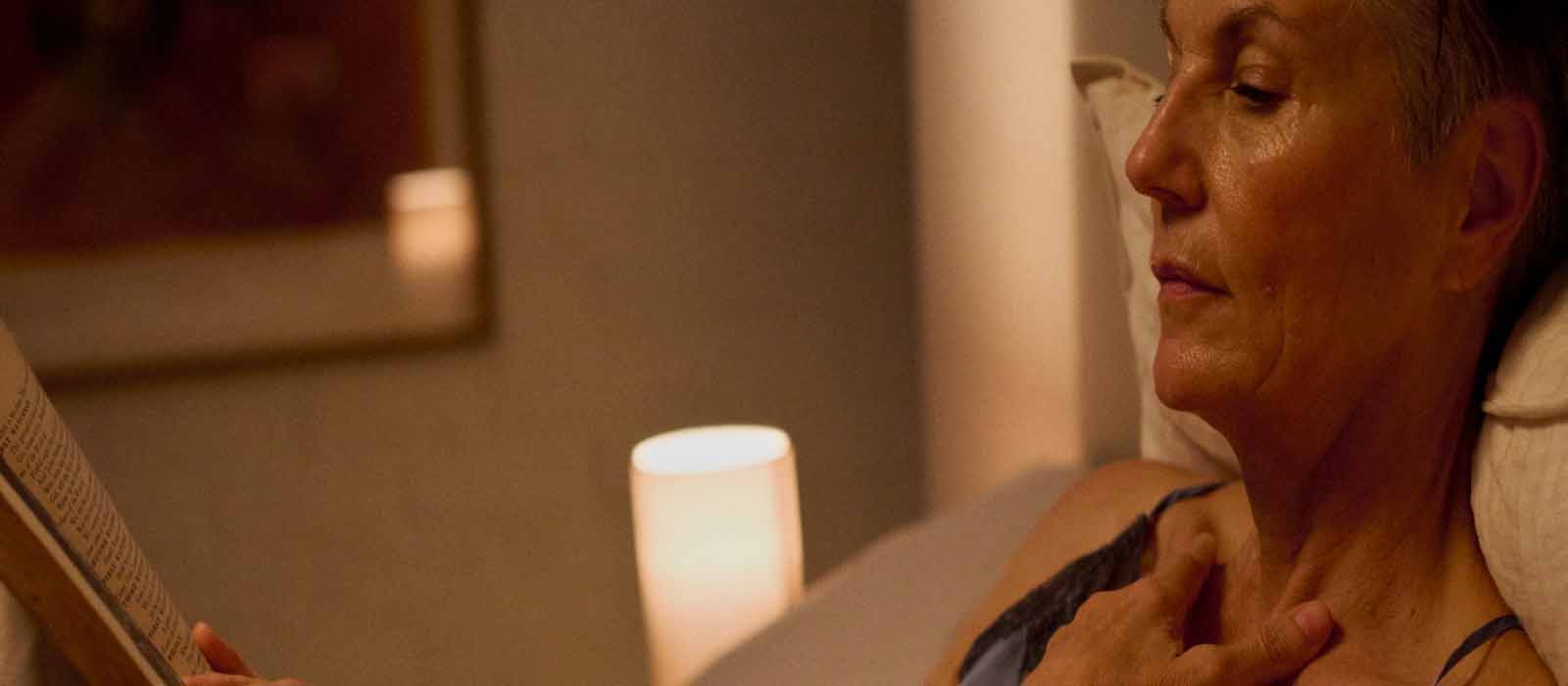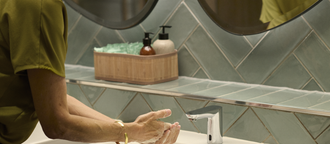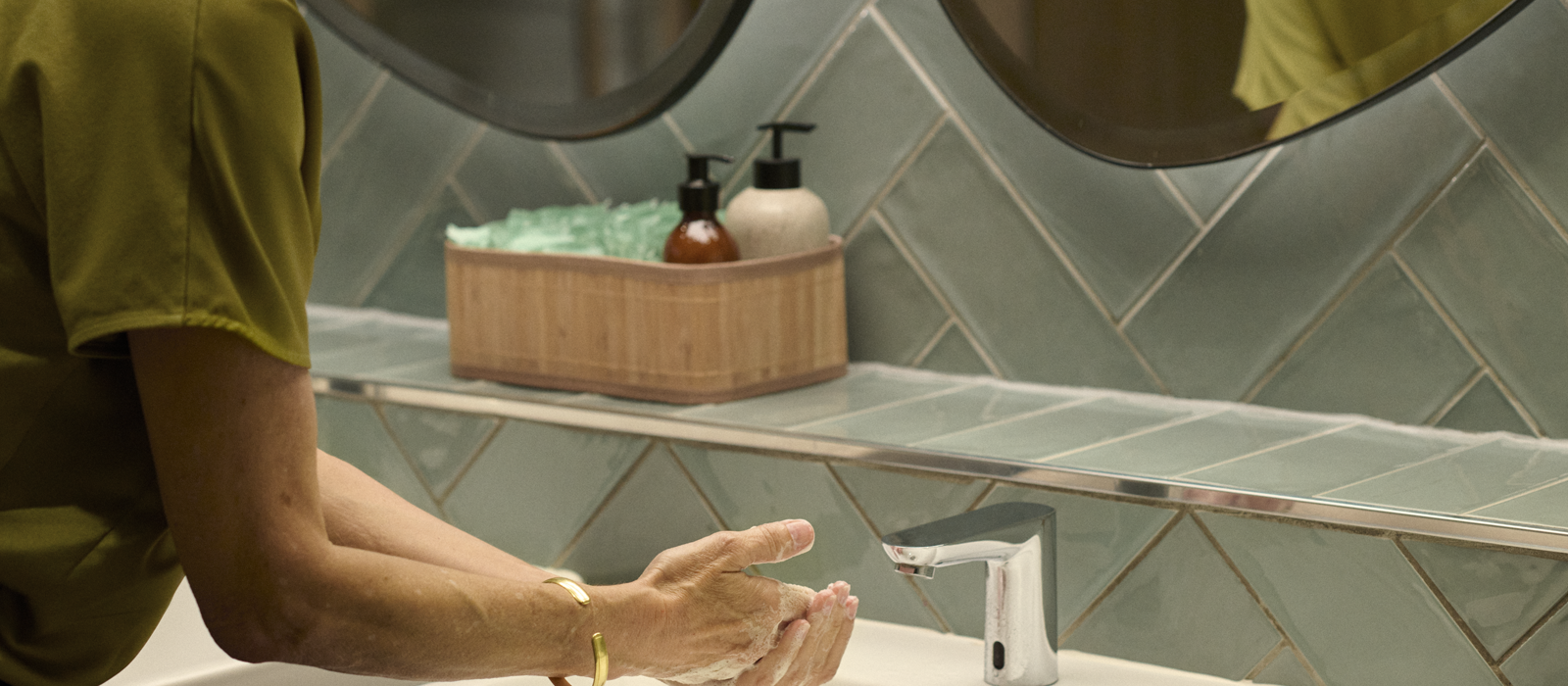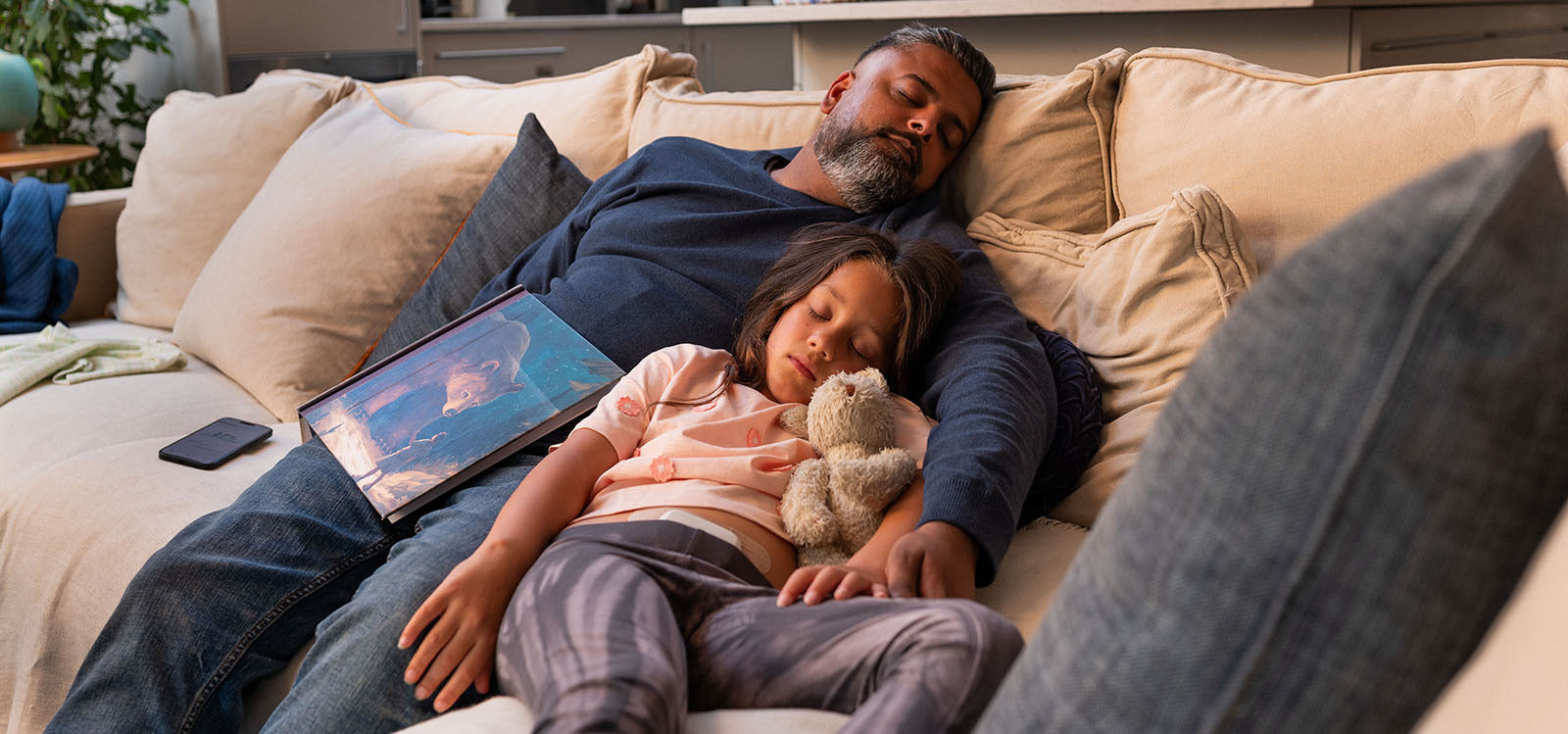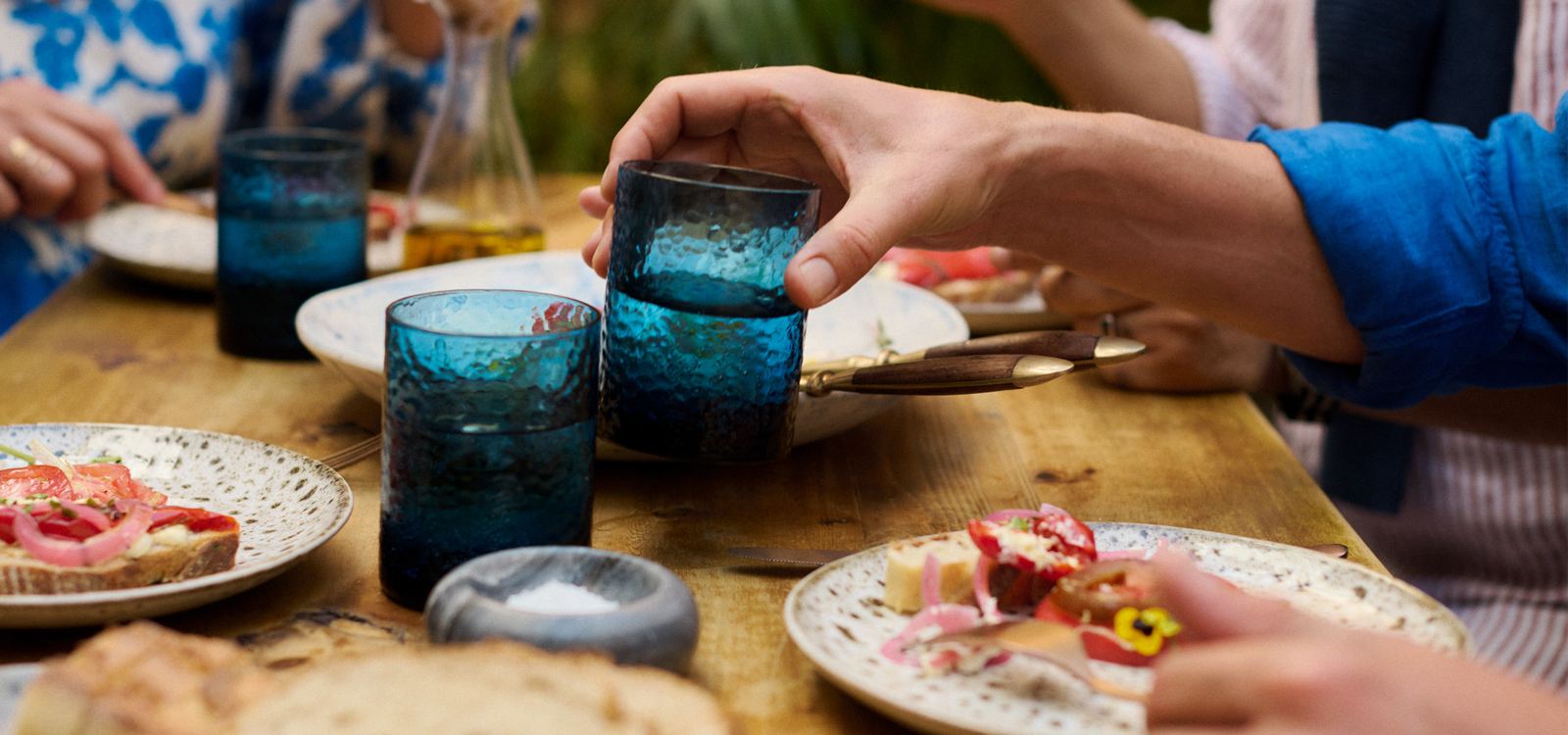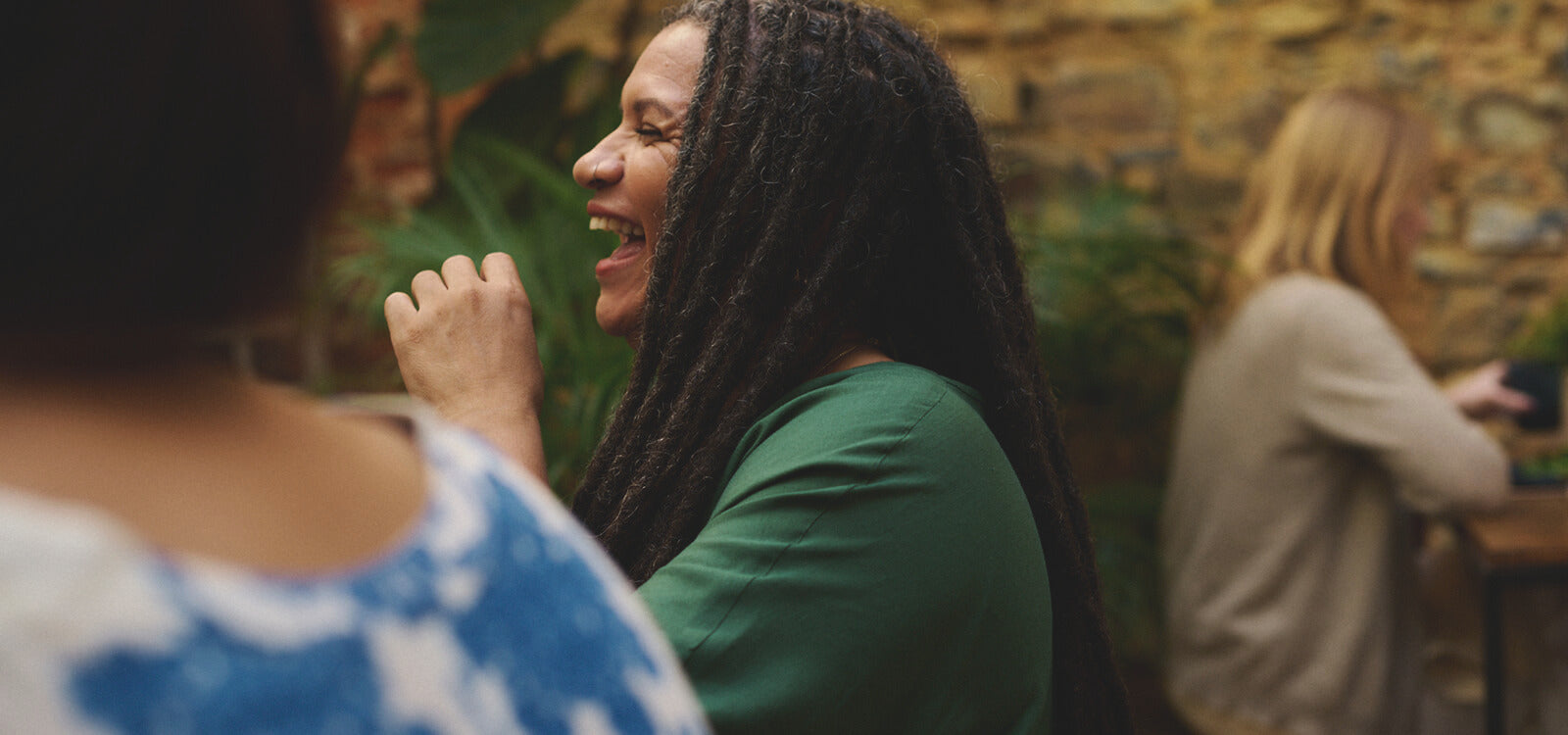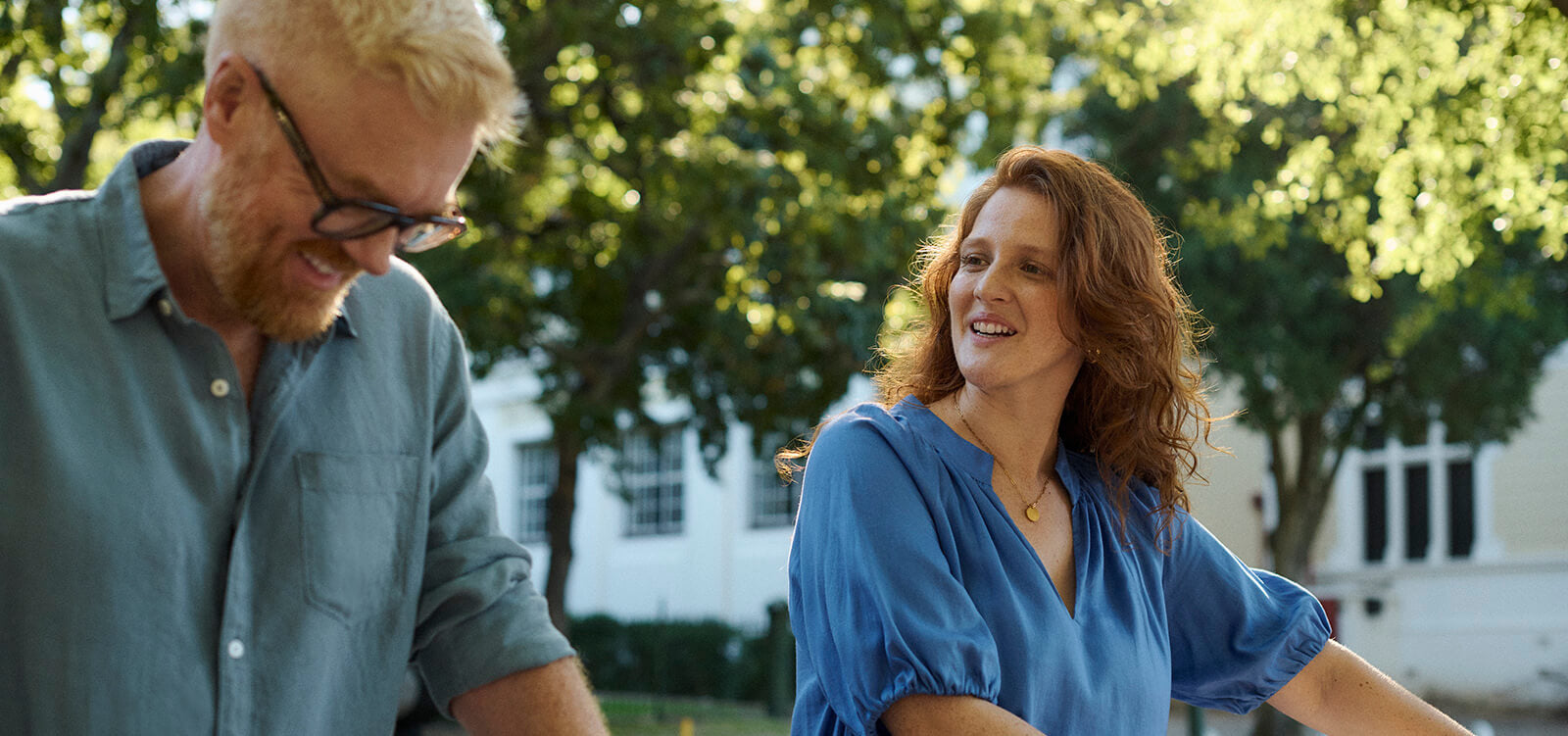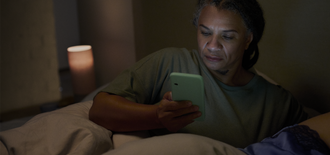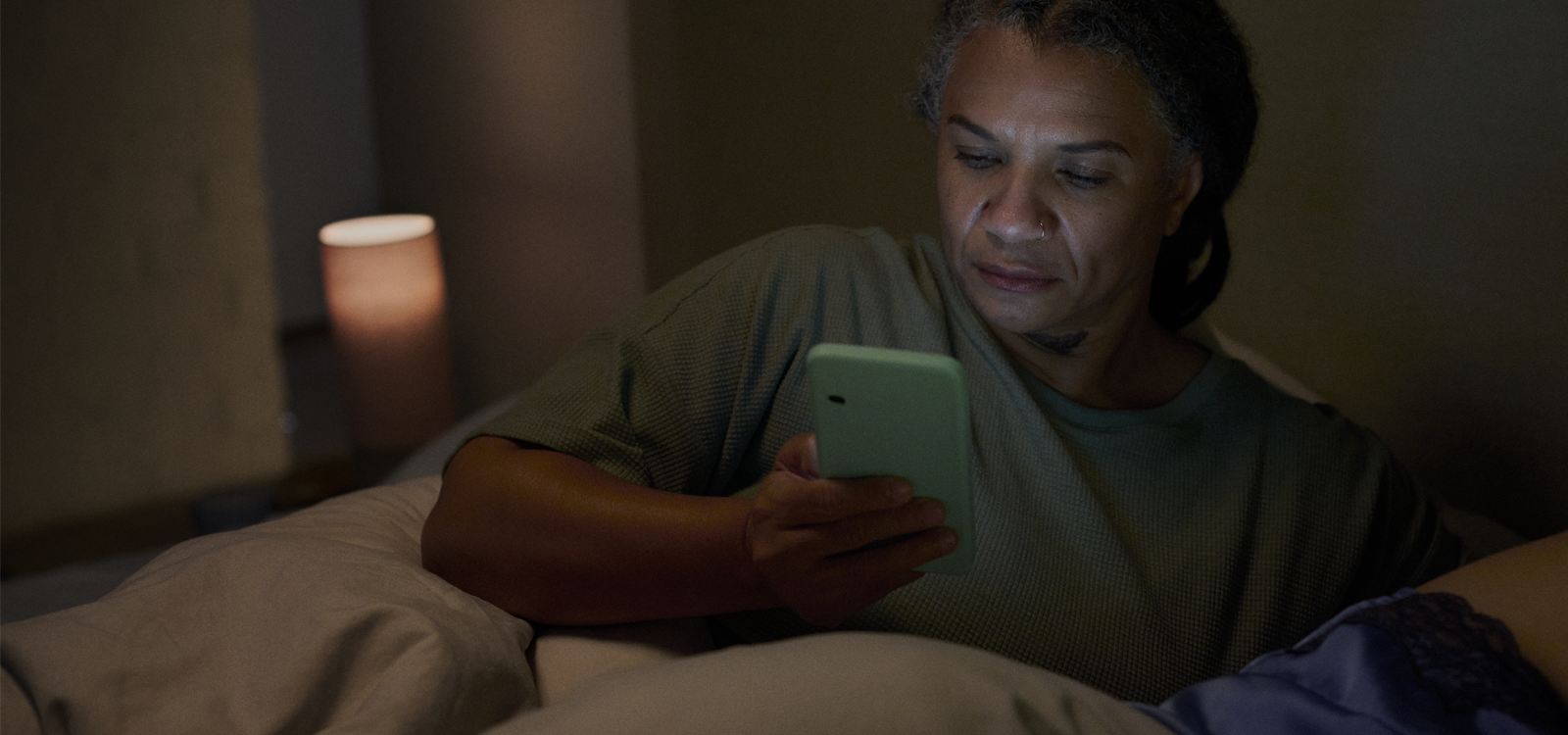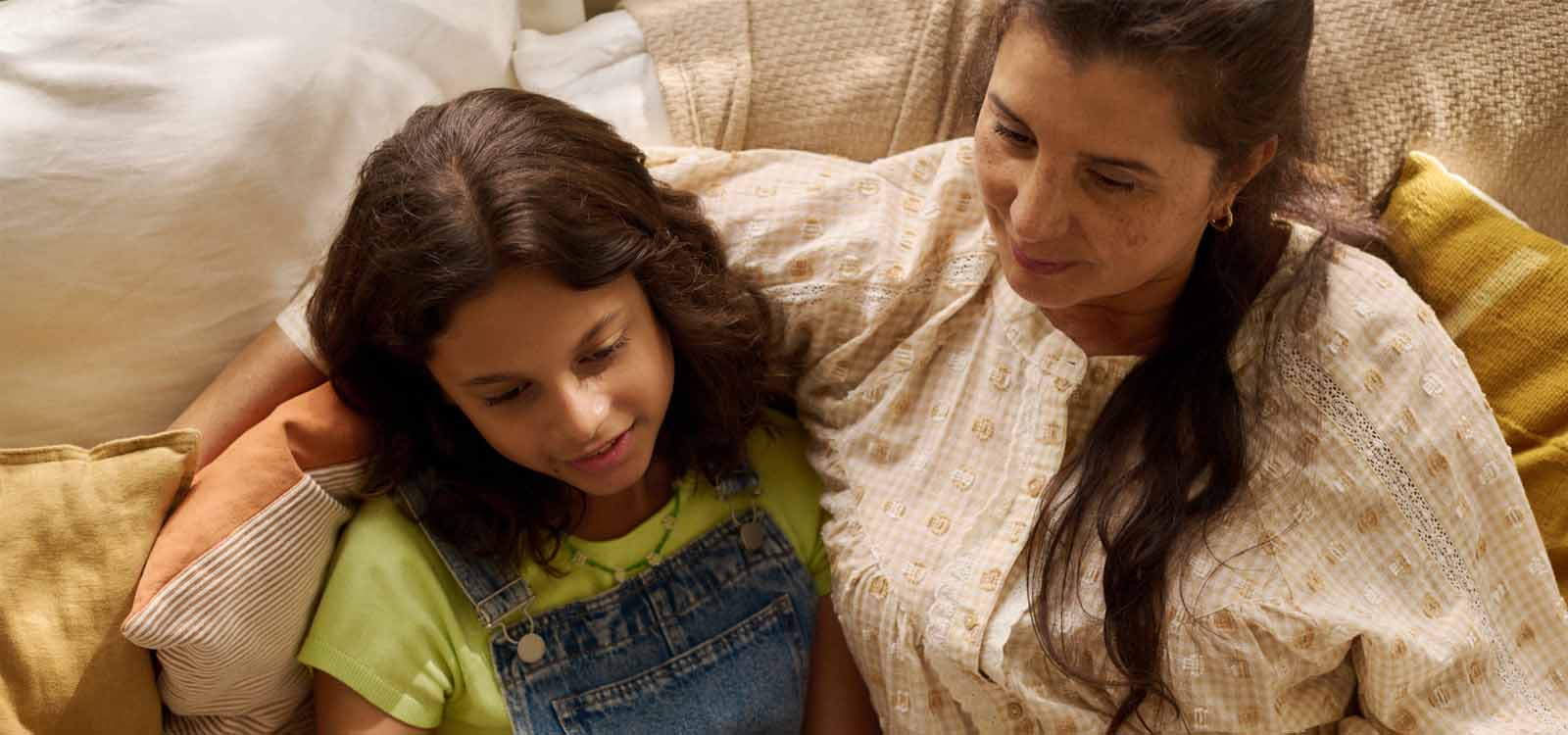Aug 07, 2025
You may have heard about the benefits of Pilates when working out or chatting with your friends. You may even be doing Pilates already and, while this trendy workout supports full-body health, it may also have another, lesser-known benefit; improving bladder control and pelvic floor strength.1
If you’re living with incontinence, you may wonder if Pilates could help with managing it. Let's explore how it could help reduce those unexpected leaks and strengthen your pelvic floor.
What is Incontinence?
Understanding Incontinence
Incontinence happens when you struggle to control your bladder or bowel, and dribbles or accidents happen.2 Urinary incontinence is more common than bowel incontinence, affecting millions of Americans, especially older adults and women, due to childbirth or even menopause.2
Not sure if you’re experiencing incontinence? Let's look at some of the most common types:2
- Coughing or laughing puts pressure on your bladder (stress incontinence).
- You feel a sudden, intense urge to pee (urge incontinence).
- Your bladder doesn’t empty all the way (overflow incontinence).
- Health conditions like arthritis make it hard to reach the toilet in time (functional incontinence).
If you are experiencing some of these symptoms, then it may be time to speak to a doctor and read on to see whether Pilates could help you.
The Role of Exercise in Managing Incontinence
Pelvic floor muscle exercises, like Kegels, are a common way to manage bladder leaks.3 They help you connect with the muscles that control peeing.3
But, unlike Kegels, Pilates offers a more holistic mind-body approach.4 Some studies suggest that combining Kegels with modified Pilates may offer more complete support.4
What is Pilates?
The Principles of Pilates
Before we dig deeper, let’s look at what exactly Pilates is.
Pilates is a series of gentle or challenging exercises, depending on what your body needs, improving your muscle strength, endurance and even posture and balance.1 It uses slow, controlled movements to help you build strength and become more aware of your body.1,4
Each pilates movement works based on six principles that help to focus your body and mind and help to reap the benefits of this practice. They are:5
- Breathing
- Concentration
- Centering
- Control
- Precision
- Flow
Now that we know what Pilates is, we can look at the benefits.
How Pilates Benefits the Core and Pelvic Floor
Your core muscles and pelvic floor are important for support, strength, and stability for your spine and internal organs. A strong core also helps to support organs like your bladder to help control dribbles.6
These core muscles include:7
- Rectus abdominis (your six-pack)
- Internal and external obliques (muscles along your sides)
- Transversus abdominis (deep lower belly muscle)
- Multifidus and erector spinae (small back muscles that support the spine)
When your core is weak, it can lead to bladder leaks.6 Don't worry though, Pilates can help strengthen your core, improving muscle tone and giving your bladder the support it needs.1,6
How Pilates Helps with Incontinence
Strengthening the Pelvic Floor Muscles
When you do pelvic floor exercises, you gently pull in your deep stomach muscles before each move.1 This action also activates your pelvic floor.1 Over time, the repeated movement tones and strengthens those muscles.1 As your core gets stronger, your pelvic muscles do too, helping you have bladder control and less leaks.6
Improving Bladder Control
Mindful breathing is at the center of Pilates.8 This deep, focused breathing, called diaphragmatic breathing, helps you:8
- Connect with your body
- Stay focused
- Engage your core muscles
When done correctly, it engages your core which balances your spine and pelvis.8 Over time, this engagement trains your pelvic floor muscles to tighten and relax at the right times, which may improve bladder control and reduce leaks.8,9
Curious about other ways to manage incontinence? Learn more about bladder training; another good way to improve your bladder control.
Enhancing Posture and Alignment
Proper posture and alignment are key to a healthy pelvic floor.10 When your posture is off, the muscles in your belly and core may work harder than needed.11
In stress incontinence, this extra effort can increase pressure in your stomach, putting more stress on the bladder.11 Pilates helps by aligning your spine and pelvis.10 This change helps remove any extra pressure on your pelvic floor, preventing leaks. 11
Improved Quality of Life
Combining modified Pilates with pelvic floor exercises may help improve your quality of life by:4
- Reducing leaks, which can ease stress or embarrassment.
- Causing less disruption to your daily activities.
- Encouraging a more positive outlook on food, exercise, and well-being.
Reduced Stress and Anxiety Related to Incontinence
Pilates focuses on a principle called centering, which helps you reconnect with your body through movement and breath.8 This awareness can help build confidence in your body and reduce the stress or anxiety you may feel about leaks.
Types of Pilates Exercises for Incontinence
Pelvic Floor-Focused Movements
Certain Pilates exercises gently target the pelvic floor to help build pelvic floor strength.10 Here a few beginner-friendly movements that could help you take back control and reduce leaks:
Pelvic Curl
Start by lying on your back with your knees bent.10 Then slowly lift your hips up and down while breathing deeply.10 As you move, your pelvic floor muscles engage and release in sync with your breath. 10
Bridge
Starting from the same position as the pelvic curl, exhale as you lift your hips slowly off the floor.10 Remember to keep your feet grounded as you move.10 This movement strengthens both your glutes (butt) and pelvic floor.10
Heel Tap
Begin by lying on your back with your knees bent to a 90-degree angle, and feet in the air.10 Keep your spine neutral as you lower one foot to tap the ground, then lift it back up.10 Repeat the same for the other leg as you breathe in and out.10 This helps strengthen your deep core and pelvic muscles.10
Core Activation and Breathing Techniques
Working together with Pilates, you can try to do some core activation exercises together with some breathing techniques. Warm-ups like ‘The Hundred’ from Pilates and diaphragmatic breathing may help reduce bladder leaks.12,13
The Hundred
The Hundred is a classic Pilates exercise that offers several benefits, 12 such as:
- Aligning your spine and pelvis.12
- Strengthening your core muscles.12
- Reducing pressure on your stomach and pelvic floor.14
Diaphragmatic Breathing
Diaphragmatic breathing, also called belly breathing, has many health benefits.13 For leaks, outside the uses mentioned in the above section, it also relaxes the pelvic floor muscles when you breathe in.13
Gentle Pilates for Beginners
Remember, as with any new exercise or activity, it's important to listen to your body, start small, and build up slowly. There's no rush; everyone's needs are different, so take your time and make adjustments as you go.
You can find a Pilates studio close to you or reach for your favorite video streaming service to find some beginner-friendly moves to try at home.
The Science Behind Pilates and Incontinence
Research and Studies Supporting Pilates
There are studies that support Pilates as a helpful tool for people managing incontinence. Here’s what the science says:
- Consistency: One 12-week study found that both in-person and at-home Pilates programs helped people stick to a routine.15 The at-home group even continued the exercises six months longer than the other group.15
- Bladder control improves: In a 10-week study, Pilates was as effective as traditional pelvic floor training.16 By the end of the study, 59% of participants doing Pilates regained full bladder control, compared to 54% in the pelvic floor training group.16
- Stronger pelvic muscles: A 12-week study found that modified Pilates exercises helped improve deep core and pelvic floor strength, making them a good option for managing stress incontinence.17
Considerations Before Starting Pilates for Incontinence
Consulting a Healthcare Professional
Before you start, talk to a healthcare professional, especially if you have severe incontinence or other health conditions.
Modifying Exercises for Specific Needs
Pilates is adaptable to your needs. Depending on your incontinence severity and fitness level, your trainer can help create a personalized plan. This guidance can help you avoid issues like:18
- Pelvic strain from increasing your intensity too quickly.
- Extra pressure on your pelvic floor from exercises that may worsen symptoms.
- Confusion around how to properly engage your core and pelvic floor muscles.
Gradual Progression and Consistency
Start with simple core exercises and build from there.9 It might be tempting to jump into more advanced moves, but it's best to wait until your body is ready. The key is consistency; regular practice is what leads to lasting results.
Pilates as Part of a Holistic Approach
While Pilates is holistic,4 it works best when combined with other healthy habits like:
- Staying hydrated.
- Eating bladder-friendly foods.
- Doing pelvic floor exercises.
- Using the right incontinence products.
Incontinence Products
Choosing incontinence products may be daunting but finding the right fit and absorbency level for your needs is key to feeling dry, protected, and confident all day.
Here are some Incontinence products to help you on your journey:
- Men’s Incontinence Pads & Guards: These pads are designed specifically for the male anatomy, fitting discreetly under your clothes.19 They help you go through your day with confidence without worrying about mild to moderate leaks.19
- Incontinence Pads for Women: These pads are specially designed for a woman’s anatomy.19 They come in a range of sizes, from ultra-thin to ultra-heavy, offering tailored protection to meet every need.19
What Foods Support Better Bladder Health?
Lifestyle changes, like switching up your diet, is a good first step, and it may be great for your bladder health too!
The following foods are great options to add to your grocery list for better bladder health:20
- Water-rich fruits and vegetables like cucumber
- Cranberries
- Foods rich in omega-3s like salmon
- Whole grains such as oats
- Magnesium-rich foods like spinach
While you’re shopping, try to avoid foods that can irritate the bladder, like:20
- Coffee
- Alcohol
- Spicy foods like chili peppers
- Citrus fruits such as lemon
- Artificial sweeteners
If you’re interested in learning more about what you can eat and drink for bladder health, you’re in the right place.
Keen to start trying Pilates at home? You’ve got all the info you need to get started on your journey to stronger core and pelvic floor muscles.
References
1. Kloubec J. Pilates: how does it work and who needs it? Muscles, Ligaments and Tendons Journal [Internet]. 2011 Dec 29;1(2):61. Available from: https://pmc.ncbi.nlm.nih.gov/articles/PMC3666467/
2. Sandra Gordon. Tips to Manage Incontinence [Internet]. WebMD. 2024. Available from: https://www.webmd.com/urinary-incontinence-oab/everything-managing-incontinence
3. WebMD Editorial Contributor. Urinary Incontinence: Exercises to Improve Bladder Control [Internet]. WebMD. 2024. Available from: https://www.webmd.com/a-to-z-guides/exercises-urinary-incontinence
4. Lausen A, Marsland L, Head S, Jackson J, Lausen B. Modified Pilates as an adjunct to standard physiotherapy care for urinary incontinence: a mixed methods pilot for a randomised controlled trial. BMC Women’s Health. 2018 Jan 12;18(1).
5. Ivanivna VN, Vasylivna PO. THE ESSENCE OF THE PILATES SYSTEM PRINCIPLES. In The II International Scientific and Practical Conference “Discussions for the improvement of science” January 16–18, Berlin, Germany 306 p (p 163). :306 p. (p. 163).
6. Nipa SI, Sriboonreung T, Paungmali A, Phongnarisorn C. The Effects of Pelvic Floor Muscle Exercise Combined with Core Stability Exercise on Women with Stress Urinary Incontinence following the Treatment of Nonspecific Chronic Low Back Pain. Advances in Urology [Internet]. 2022 Sep 5;2022(1):2051374. Available from: https://www.ncbi.nlm.nih.gov/pmc/articles/PMC9467742/
7. Joanne Lewsley. The best core exercises for all fitness levels, at home and at the gym [Internet]. www.medicalnewstoday.com. 2021. Available from: https://www.medicalnewstoday.com/articles/best-core-exercises#muscles-of-the-core
8. Antero L. The Art of Breath Control in Pilates: A Deep Dive into Mindful Respiration [Internet]. Pilates for All Ages. 2024 [cited 2025 Jun 6]. Available from: https://pilatesallages.com/the-art-of-breath-control-in-pilates-a-deep-dive-into-mindful-respiration/
9. Pelvic Floor Pilates: Strengthening and Restoring Through Movement Ironhorse Physical Therapy & Pilates [Internet]. Ironhorsept.com. 2023 [cited 2025 Jun 7]. Available from: https://www.ironhorsept.com/blog/pelvic-floor-pilates-strengthening-and-restoring-through-movement
10. Live Healthy. Is Pilates Effective for Strengthening Pelvic Floor Muscles? [Internet]. Sandgate Physical Health Clinic. 2024 [cited 2025 Jun 6]. Available from: https://sandgatephysio.com.au/is-pilates-effective-for-strengthening-pelvic-floor-muscles/
11. Smith MD, Coppieters MW, Hodges PW. Is balance different in women with and without stress urinary incontinence? Neurourology and Urodynamics. 2007;27(1):71–8.
12. Bunch E. This Classic Pilates Move Works Every Muscle Group In 2 Minutes [Internet]. @onepeloton. Peloton Interactive; 2024. Available from: https://www.onepeloton.com/blog/pilates-hundred?msockid=36f3b67236c463d23509a5d23703622b
13. Hanna Newstadt. Why Diaphragmatic Breathing is One of the Best Exercises Pelvic Health Therapists Can Give Patients - APTA Pelvic Health [Internet]. www.aptapelvichealth.org. 2023. Available from: https://www.aptapelvichealth.org/info/why-diaphragmatic-breathing-is-one-of-the-best-exercises-pelvic-health-therapists-can-give-patients
14. Taylor J. The Hundred [Internet]. Welcome to taylor-made fitness. 2019 [cited 2025 Jun 7]. Available from: https://www.taylormadefitness.biz/2019/10/04/the-hundred-preparation-and-progressions/
15. Ohayon L. Pilates and Pelvic Floor Dysfunction: Is It the Solution You’re Seeking? [Internet]. RYC®. 2025 [cited 2025 Jun 7]. Available from: https://restoreyourcore.com/learn/pelvic-floor/pilates-and-pelvic-floor-dysfunction-is-it-the-solution-youre-seeking/
16. Hein JT, Rieck TM, Dunfee HA, Johnson DP, Ferguson JA, Rhodes DJ. Effect of a 12-Week Pilates Pelvic Floor-Strengthening Program on Short-Term Measures of Stress Urinary Incontinence in Women: A Pilot Study. The Journal of Alternative and Complementary Medicine. 2020 Feb 1;26(2):158–61.
17. Gomes CS, Pedriali FR, Urbano MR, Moreira EH, Averbeck MA, Almeida SHM. The effects of Pilates method on pelvic floor muscle strength in patients with post‐prostatectomy urinary incontinence: A randomized clinical trial. Neurourology and Urodynamics. 2017 May 2;37(1):346–53.
18. Berna Okdemir Dimli, Ebru Kaya Mutlu, Duygu Sahin Altac, Hanifegul Taskiran. Comparison of the effects of pelvic floor muscle training and modified pilates exercises in elderly women with stress urinary incontinence: A randomized clinical trial. European Journal of obstetrics, gynecology, and reproductive biology/European Journal of obstetrics & gynecology and reproductive biology. 2024 Jul 1;
19. DeMarinis M, Kaschak TR, Newman DK. Absorbent Products for Incontinence. Clinical Application of Urologic Catheters, Devices and Products. 2017 Dec 10;149–72.
20. Whalen R. Foods That Promote Healthy Bladder Function [Internet]. urologyconferences.com. 2025 [cited 2025 Jun 8]. Available from: https://urologyconferences.com/foods-that-promote-healthy-bladder-function/














